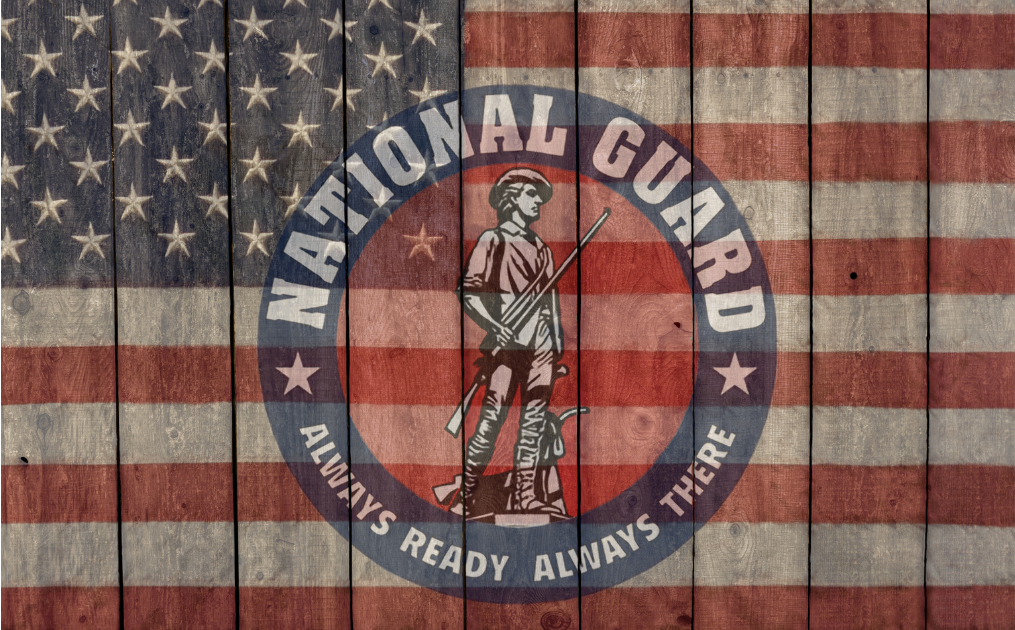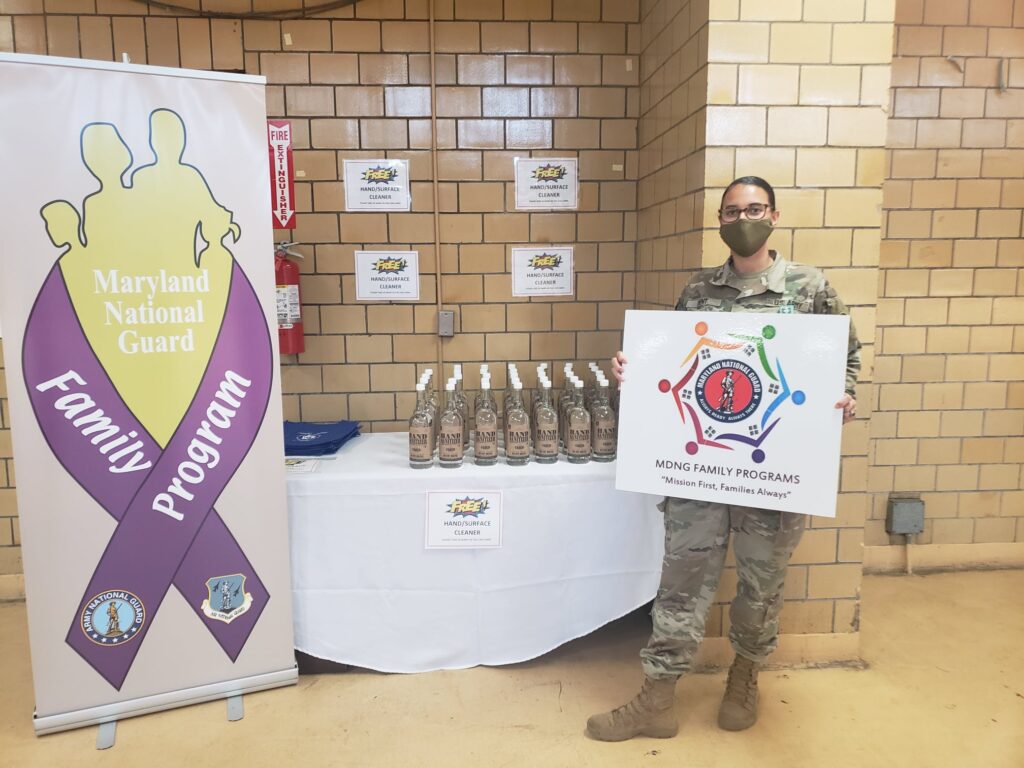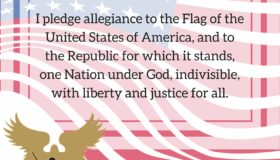The Role of the U.S. National Gaurd and Reservists
April 7, 2022
Do you remember where you were… on September 11, 2001?
I do. I was on my way to work and dropping off two of my six daughters at school. I was listening to the radio as we got news that “possibly a small plane had flown into one of the Twin Towers in New York City”. I thought it odd but continued my way to the office. There, I would hear about “another plane hitting the other tower” and then, at that moment, I knew we were under attack. I quickly went into “fix-it” mode and made sure all my employees got home, immediately. I found myself worried and pensive for all of us in this great country we call “HOME.” I knew warfare now had come to our shores and we would never be the same. We would need to adapt in ways never imagined to protect the nation and our families. Our military would also have to evolve and rethink the roles they have been charged with — both here and abroad — and thankfully, the Reservists and National Guard would take part.
It would not take long before it became apparent that both the National Guard and our Reserves are soldiers and angels for all Americans in need… and they were and continue to be, up to that task. Our military cannot do it alone anymore on all the fronts we protect without National Guard units and Reservists. What I have found most interesting is that these are often said to be our “citizen soldiers” as most are either employed and/or attending school. It is amazing at the type of servant heart they must have to be able to oversee those roles… and then when you think about it, many are spouses and parents… true servant angels.
But let us step back for a minute and talk about their beginnings.
The Origin of the National Reserve
The “Reserve Component” refers to the seven individual reserve components of our Armed Forces: The Army National Guard of the United States, the Army Reserve, the Navy Reserve, the Marine Corps Reserve, the Air National Guard of the United States, the Air Force Reserve, and the Coast Guard Reserve. Per the law: The purpose of these seven reserve components, as codified in law, is to “provide trained units and qualified persons available for active duty in the armed forces, in time of war or national emergency, and at such other times as the national security may require, to fill the needs of the armed forces whenever more units and persons are needed than are in the regular components.” Both the Army National Guard and Air Force National Guard operate under the control of their respective governors, assisting with domestic national emergencies.

Pre-dating the U.S. Army, the Army National Guard was formed on December 13, 1636. The first militia regiments in North America were organized in Massachusetts. Based upon an order of the Massachusetts Bay Colony’s General Court, the colony’s militia was organized into three permanent regiments to better defend the colony. Today, the descendants of these first regiments – the 181st Infantry, the 182nd Infantry, the 101st Field Artillery, and the 101st Engineer Battalion of the Massachusetts Army National Guard – share the distinction of being the oldest units in the U.S. military. December 13, 1636, thus marks the beginning of the organized militia, and the birth of the National Guard’s oldest organized units is symbolic of the founding of all the state, territory, and District of Columbia militias that collectively make up today’s National Guard. Further, as this country grew, so too did their importance as they became engaged against other colonial threats – on the front lines battling the French and Spanish armies and often serving alongside British Regulars.
By the late 1700s – during the American Revolution – they became known as “Minutemen” due to their ability to move and engage the British, quickly. After the success of the American Revolution, they, and our military as we know it today, were off and running. They would be an integral part of our Armed Forces in all U.S. conflicts ranging from the Civil War all the way through the Korean, Vietnam, Persian Gulf, and Afghanistan wars… along with many other key missions.
But as they evolved, so did their enemies. And in the U.S. and across the world a new unseen and powerful enemy would emerge and ambush the world quickly and deadly—COVID 19. Here, on this “warfare stage,” I contend they have performed at their very best saving lives like no other conflict before.
Robert Green Ingersol once said, “When the will defies fear, when duty throws the gauntlet down to fate, when honor scorns to compromise with death—that is heroism.”
These are our heroes one and all!
National Guard efforts now
To date, over 50,000 troops have been activated across the U.S. to assist with pandemic efforts. During the beginning of the pandemic, Soldiers’ Angels supported them with supplies, snacks, and cards of support.

To provide perspective on how and the magnitude of their involvement, after being an integral part of vaccinations in the initial wave of COVID-19, the National Guard has shifted to other crisis response efforts. This includes:
- Supporting and staffing community-based testing sites
- Building enhanced medical capacities
- Logistical support for supplies
- Packaging and shipping food and other needed supplies
- Assisting call center efforts
- Building facilities for off-site/field hospitals
- Sanitizing high-risk living facilities, like nursing homes and assisted living facilities
Like their “Minuteman” heritage, do so quickly and efficiently to save the lives of others while they became our first line of defense with our doctors, nurses and other “Servant Angels” needed.
Some other cool facts I came across:
- In West Virginia, their motto is “ALWAYS READY, ALWAYS THERE”, are working in local hospitals to assist with doctors and nurses as part of their mission.
- The Maryland National Guard is delivering COVID-19 tests and K95 masks from a Strategic National Stockpile warehouse to nursing facilities, testing sites and vaccination clinics.
- Vermont, Washington, Oregon, Minnesota, Wisconsin, and other National Guard are supporting hospitals managing the Omnicron variant of Covid-19 across the nation.
- In New York, the Guard and Reserves are training as EMTs.
- They are not only involved in the ever present (and hopefully diminishing due to their service) COVID variations, but every state also has them assigned to assist with various problems.
- National Guard and Reserves are actively involved with the latest polar snowstorms in the Northeast – roles include travel through deep snow with chainsaws to clear any fallen trees.
- The Texas National Guard were recently battling wildfires in Bastrop, Texas.
- Florida’s Air National Guard is involved at Cape Canaveral Space Force Station focusing on electromagnetic warfare.
- The Massachusetts National Guard are conducting hypothermia training with first responders.
- Alaskan Air National Guardsmen rescued an all-terrain vehicle rider near a glacier.
- Tennessee National Guard rescued a hypothermic hiker by helicopter.
Add to all of this and their fight against COVID, the Guard assisting on multiple fronts around the world. At present we have National Guard infantry units in East Africa. It is Africa’s largest single tactical unit on the continent, the task force is critical to providing security, crisis response capabilities and building partnerships throughout East Africa in support of U.S. Africa Command. The Nebraska National Guard is also in Africa working in Djibouti helping to restore their water supply. The villagers and service members tackled the project together and completed the repair in less than a day.
Conclusion
There is so much more these dedicated men and women are doing for each of us and I do not believe most of us are aware how blessed we are to have them as part of our military.
I would like to finish with a quote that best exemplifies the importance of our National Guard and Reserves:
“We don’t know them all, but we owe them all”


